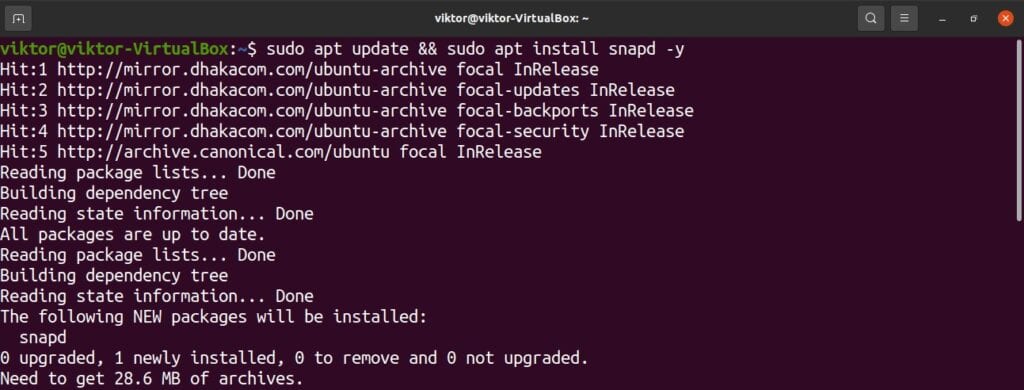
Return Response ( generate (), mimetype =' video/mp4 ') PIPE route (' /video.mp4 ')įor data in iter (p.stdout.readline, b ''): Popen (' cat video.h264 | ' + cmd, shell = True, stdin =subprocess. ' -c:v h264 ' \ # input is h264 ' -i - ' \ # input from stdin ' -movflags frag_keyframe+empty_moov ' \ # allows mp4 to be streamable ' -vf scale=640:-1 ' \ # scales output to 640px in height, and a width to keep the current ratio. from flask import Flask, Response, render_templateĬmd = ' docker run -i -rm jrottenberg/ffmpeg:3.4-alpine ' \ Each ffmpeg argument is commented to describe why it is required. Once requested, a python generator is used to stream the results of a very crude subprocess which cats a video file into the ffmpeg docker container for muxing and returns the results in a pipe.

It serves HTML, which contains a video tag requesting video.mp4. Luckily, you can grab a docker container with it in.īelow is a small python webapp.

The only downside is that it requires a C toolchain, which in my experience, are troublesome to build cross-platform. If you want to display H264 video on a web browser, it needs muxing into MP4 or another file container format.įFmpeg is the leading tool available when muxing is required. MP4 is a file container, which can contain H264.


 0 kommentar(er)
0 kommentar(er)
